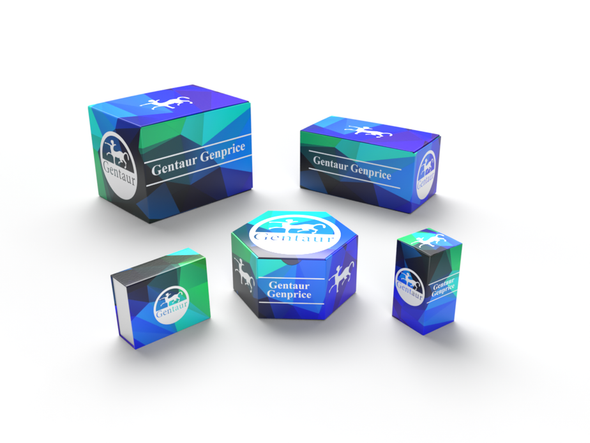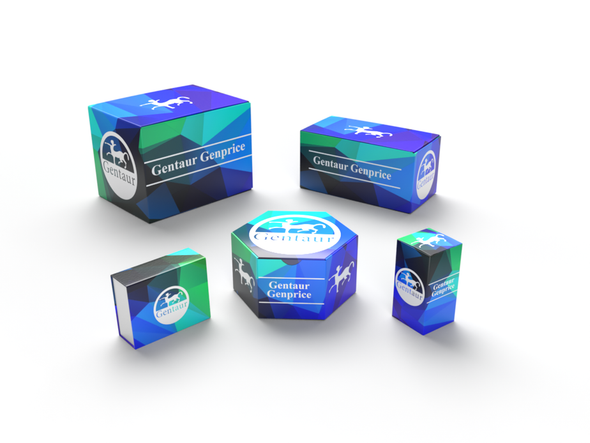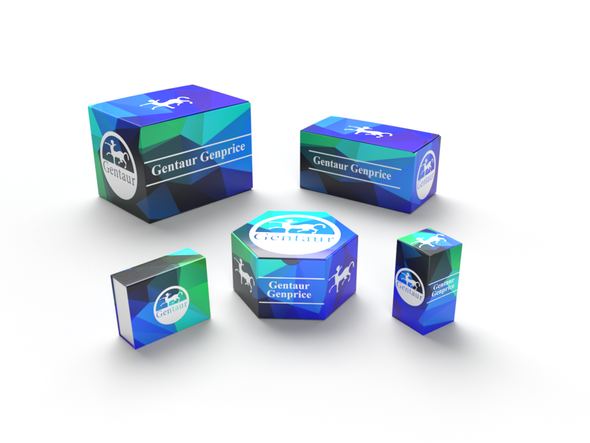209
Rabbit Anti-human Ephrin-B2 Antibody | 102-PA136S/102-PA136/102-PA136AG
- SKU:
- 209-102-PA136S/209-102-PA136/209-102-PA136AG-GEN
Description
Rabbit Anti-human Ephrin-B2 Antibody | 102-PA136S/102-PA136/102-PA136AG | Gentaur UK, US & Europe Distribution
Species: Anti-human
Host / biotech: Rabbit
Comment: N/A
Label: N/A
Clone / Antibody feature: Rabbit IgG
Subcategory: Polyclonal Antibody
Category: Antibody
Synonyms: EPH-related receptor tyrosine kinase ligand 5; HTK ligand;
Isotype: N/A
Application: WB
Detection Range: Western Blot: Use 1-5 µg/ml
Species Reactivity/Cross reactivity: Human
Antigen: recombinant human soluble Ephrin-B2
Description: The large families of Eph receptor tyrosine kinases and their Ephrin ligands transduce signals in a cell-cell contact-dependent fashion. They thereby coordinate the growth, differentiation, and patterning of almost every organ and tissue. Eph/Ephrin interactions can trigger a wide array of cellular responses, including cell adhesion, boundary formation, and repulsion. The exact mechanisms leading to this diversity of responses are unclear but appear to involve differential signaling, proteolytic cleavage of Ephrins, and endocytosis of the ligand-receptor complex. In the developing cardiovascular system, Eph and Ephrin molecules control the angiogenic remodeling of blood vessels and lymphatic vessels and play essential roles in endothelial cells as well as in supporting pericytes and vascular smooth muscle cells. Recent evidence suggests that Ephs and Ephrins may also be involved in pathological angiogenesis, in particular, the neovascularization of tumors. Consequently, the expression, interactions, or signaling of Eph/Ephrin molecules might be targets for future therapeutic approaches. Ephrins are naturally divided into two structural groups. All ligands share a conserved extracellular sequence, which most likely corresponds to the receptor-binding domain. This conserved sequence consists of approximately 125 amino acids and includes four invariant cysteines. The B-class ligands are transmembrane proteins, which can be tyrosine phosphorylated upon receptor ligation. Class B ephrins show 33% amino acid sequence identity in their extracellular segments and 44% amino acid sequence identity in their cytoplasmic regions.
Purity Confirmation: N/A
Endotoxin: N/A
Formulation: lyophilized
Storage Handling Stability: The lyophilized antibody is stable for at least 2 years at -20°C. After sterile reconstitution the antibody is stable at 2-8°C for up to 6 months. Frozen aliquots are stable for at least 6 months when stored at -20°C. Addition of a carrier protein or 50% glycerol is recommended for frozen aliquots.
Reconstituation: Centrifuge vial prior to opening. Reconstitute in sterile water to a concentration of 0.1-1.0 mg/ml.
Molecular Weight: N/A
Lenght (aa): N/A
Protein Sequence: N/A
NCBI Gene ID: 1948










